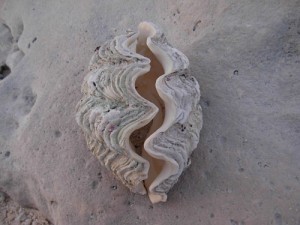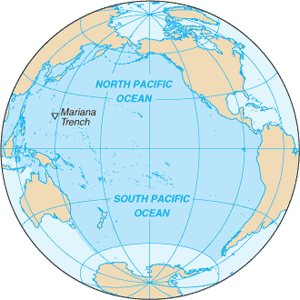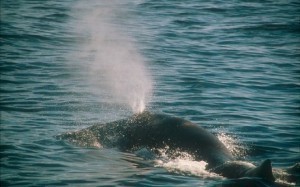Clam Size Guide
Because the term can refer to various types of mussels, freshwater and  marine bivalves, determining the size of a clam can be difficult. For example, the giant clam (Tridacna gigas) can be 4 ft long and weigh as much as 440 lbs. The largest clam weighs 507 lbs and measured 53 inches. However, there are also clams that are only a few inches long.
marine bivalves, determining the size of a clam can be difficult. For example, the giant clam (Tridacna gigas) can be 4 ft long and weigh as much as 440 lbs. The largest clam weighs 507 lbs and measured 53 inches. However, there are also clams that are only a few inches long.
Definition
In the United States, the term is used in two ways. The first is as an all embracing term for every bivalve mollusk. In other cases, the word is used only to denote bivalves that tunnel in sediment.
This is in contrast with the types that affix themselves on the substrate. These include the mussels and oysters. The term is also employed to distinguish them from the scallops and other variants that swim.
In other instances, the word clam refers only to marine bivalves that can be eaten. The size of a clam does not have an effect on the way the term is used. Note: these usages are for the United States only. Other countries may use the word clam in a different manner.
Physical Characteristics
The shell of the clam is made up of two equal halves. The two are hooked up to a ligament or hinged joint. This connection can be internal or external. The shells close due to the two adductor muscles.
It is their contraction that allows the shell to close. All clams (with the exception of the scallop) do not have eyes. However they do have a heart, kidneys, an anus and a mouth. These organs are always present, regardless of the size of a clam.
The creature also has an open respiratory system. This structural design means the insides are encompassed by watery blood. This watery blood has nutrients that are vital for the clam.
Diet
The clam’s diet consists of plankton. It is consumed via filter
feeding.
The Clam as Food
In the United States, the clam often referred to is Mercenaria mercenaria (hard clam). The term is also used for the soft shell clam. There are other species used as food items, including surf clam. The edible clams may be eaten fried, baked or boiled. They can also be eaten raw or steamed.
Edible Clams
This includes the grooved carpet shell (Ruditapes decussates), Manila clam (Venerupis philippinarum), hard clam (Mercenaria mercenaria), soft clam (Mya arenaria) and the Atlantic surf clam (Spisula solidissima).
Other edible clams are the Atlantic jackknife clam (Ensis directus), Geoduck clam (Panope generosa) Pismo clam (ivela stultorum) and the Pacific razor clam (Siliqua patula).
Clams not Usually Eaten
They are the ark clams, peppery furrow shell, the Asian or Asiatic clam, nut clams, the giant clam, the duck clams, the file clams and the marsh clams.
The size of a clam, particularly the giant clam, spawned erroneous beliefs about how it can attack humans. In fact it is the other way around. Human activities have dramatically reduced the clam’s population, making it one of the most endangered species in the world.





